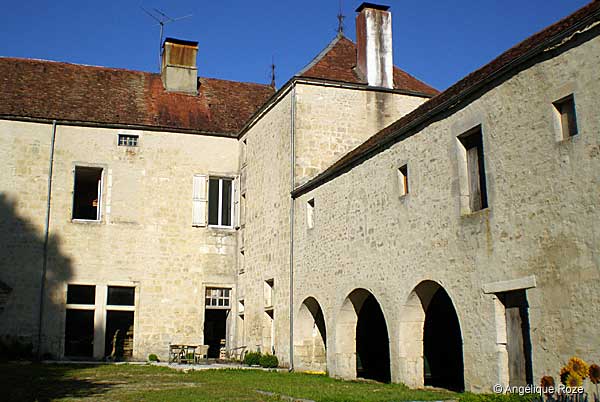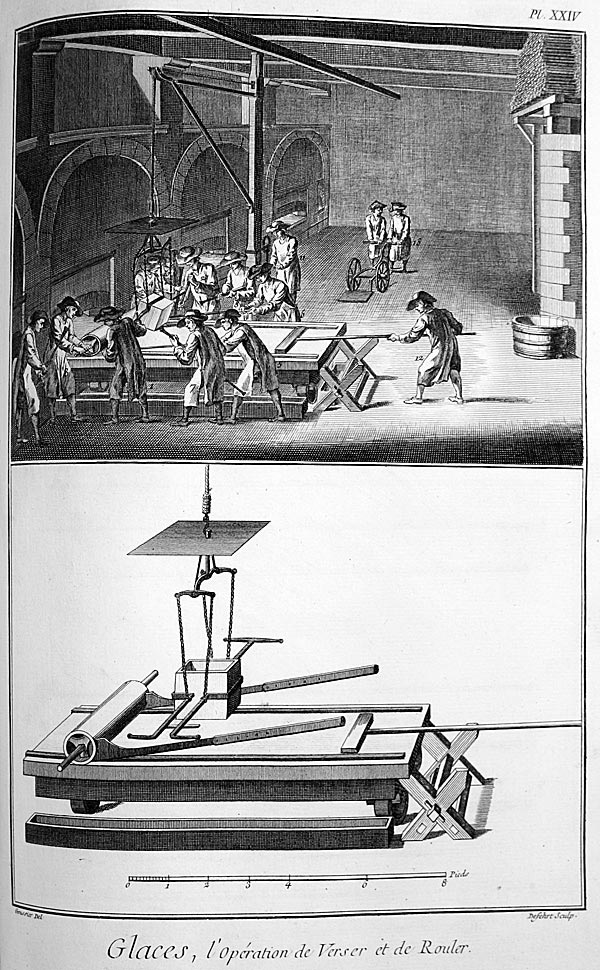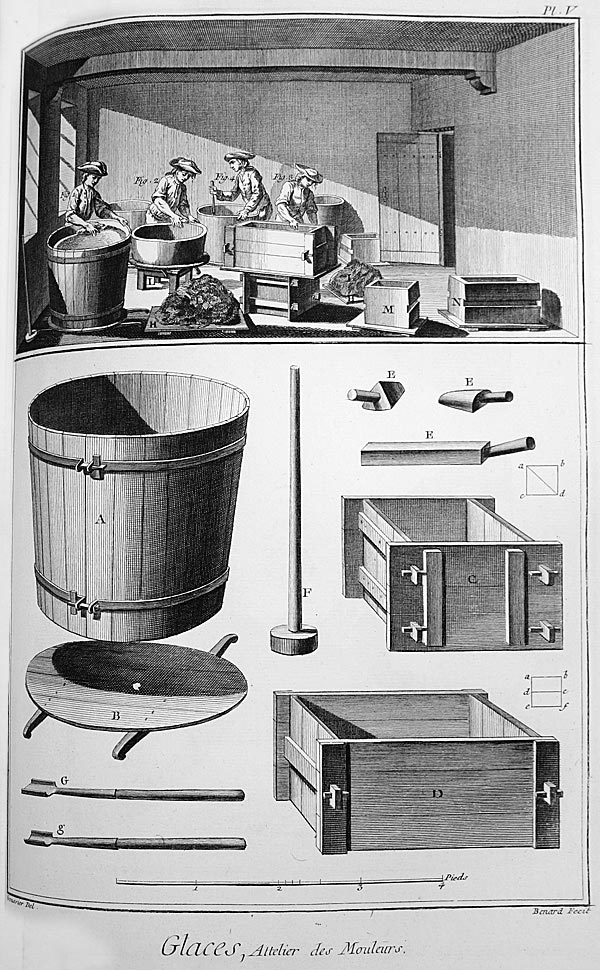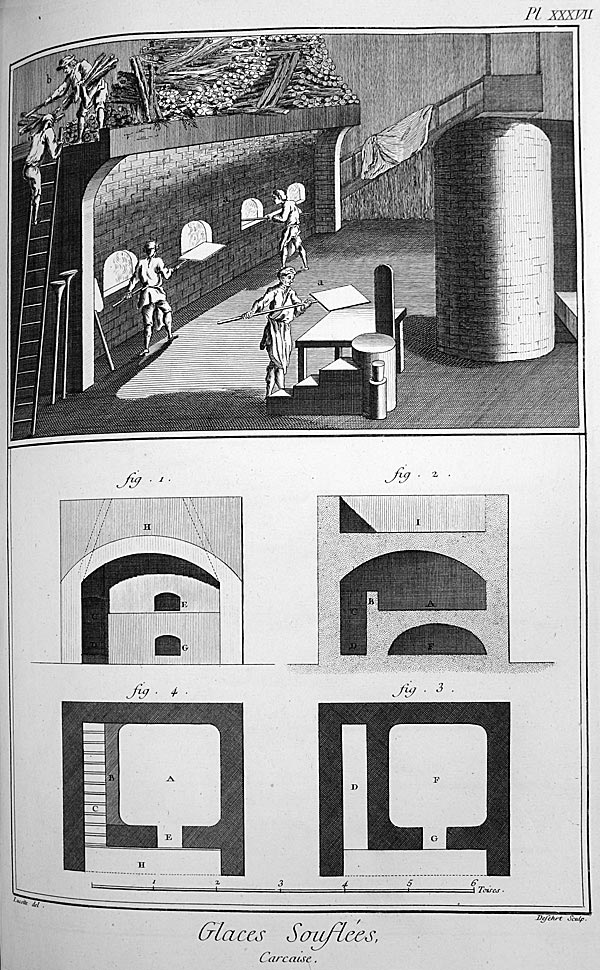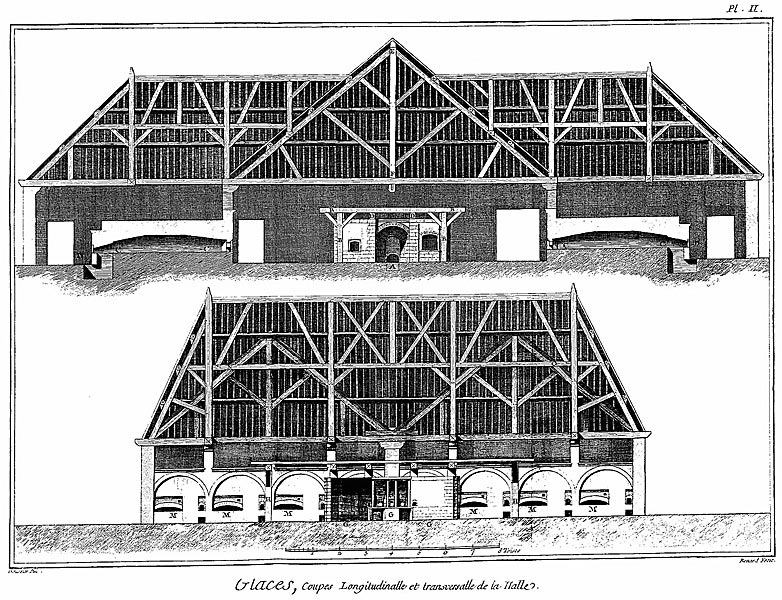Mirror Glass from the Ends of the Earth
"MIRROR GLASS, this is what we call a polished piece of glass, which through the staining process, is used in apartments to reflect light, and faithfully reflect and multiply objects - this glass is used in mirrors and panels, and also used for panelling. The secret of melting and polishing from a very great height has only recently been discovered."
Denis Diderot
In 1759, in the heart of Rouelles, a small village "at the ends of the Earth", Etienne de Marivetz, with the help of three other scientists and businessmen, set up a glassworks in the outbuildings of the château. Faced with the competition of the State manufacturer Saint-Gobain, and with difficulties in operation, the business closed its doors in 1778. After the Revolution, the domain was divided into several lots, including the château, which went to Madame de Marivetz. The former glassworks was bought in 1794 by Diderot's son-in-law, Caroillon de Vandeul, with the help of two associates. Vandeul began work on new construction projects, building a new glassworks (domestic glassware and glass panes), that was in operation until 1840.
Nowadays, the only testament to these buildings is the rich account provided in the Encyclopaedia's illustrations, as Rouelles used the real-life model for illustrating the article on Glassware. The artist L.S. Goussier actually went on-site to draw 32 illustrations. Nestled amidst green settings bordered by forest, the château, former residence of the domain, opens its doors, during season, to the "Jean-Marie Maillard Art Gallery", where paintings, sculptures and photographs are on public display.
